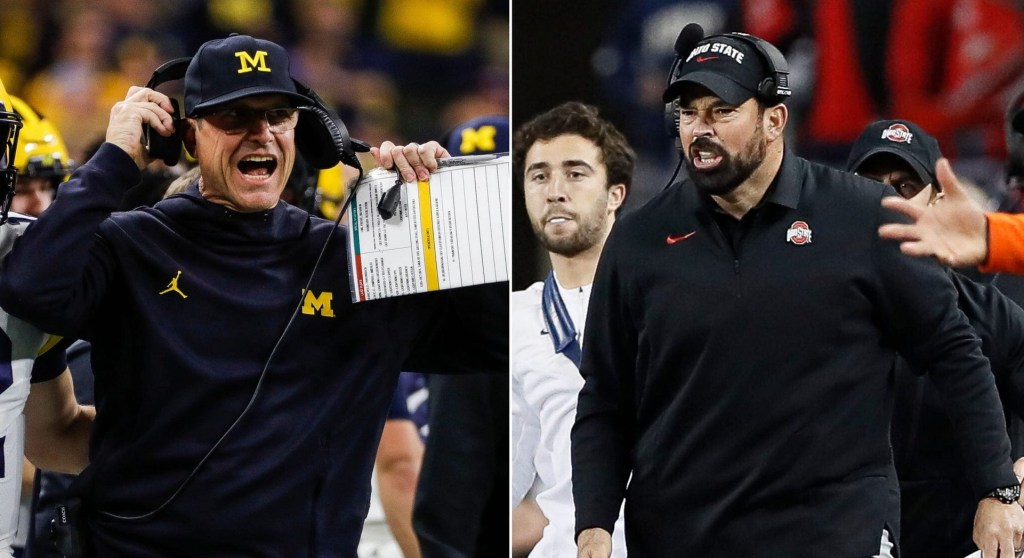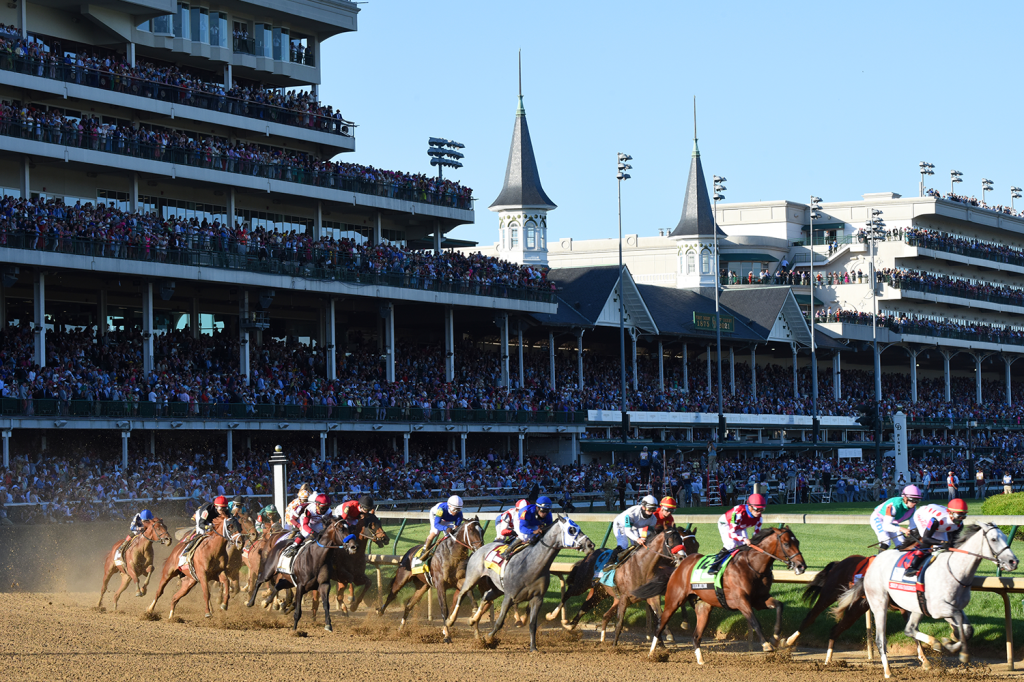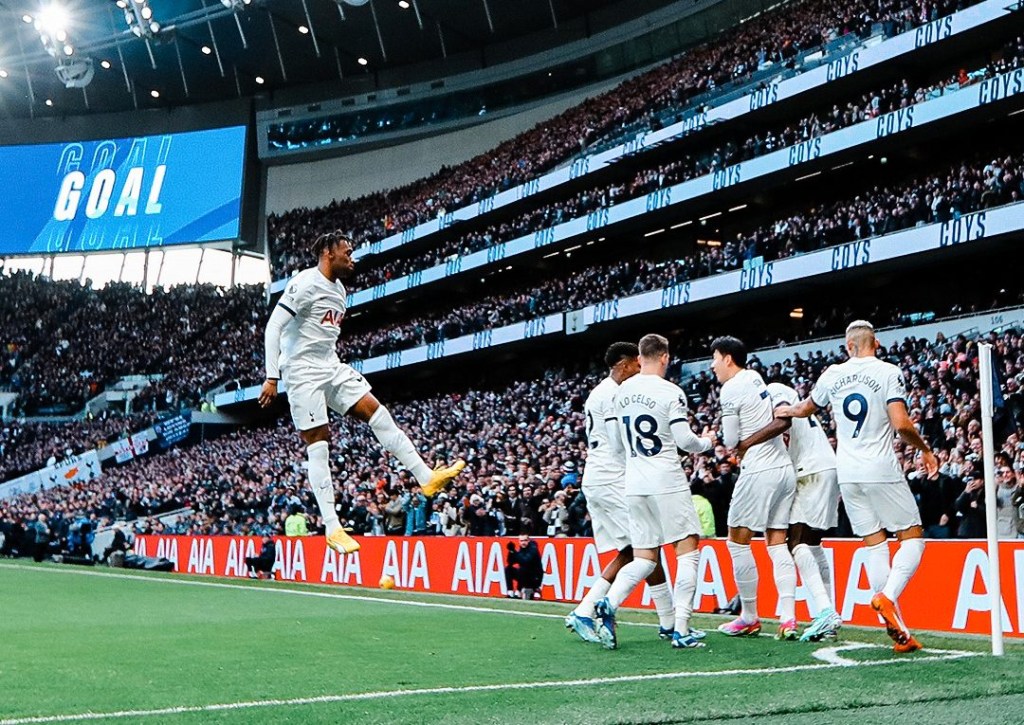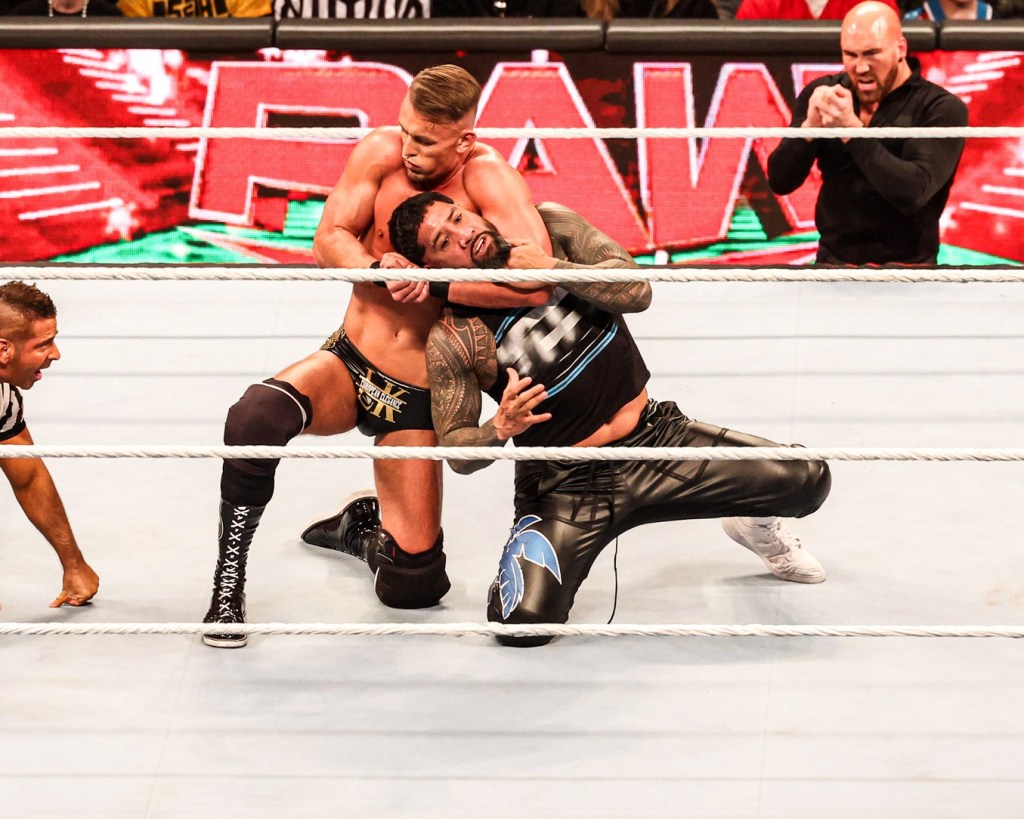A free-agency battle involving two bitter rivals is currently brewing, but it’s not in any pro sports league. Rather, it’s between the Michigan and Ohio State football programs, spotlighting how quickly and dramatically the economic landscape in college sports is changing.
In the days following Michigan’s win in the College Football Playoff, Ohio State is reportedly spending at least $10 million and perhaps $13 million in name, image, and likeness (NIL) money to retain and add key roster pieces. The numbers are unconfirmed, but the frenzy surrounding the Buckeyes has still grown to the point where it’s captured the attention of The Wall Street Journal, Ole Miss head coach Lane Kiffin, and legions of fans across the country. Houston Texans quarterback and former Buckeye CJ Stroud has also become a “major donor” to the school as it ramps up for next season.
Michigan, meanwhile, is said to have made a new contract offer to Jim Harbaugh that would have made him the highest-paid coach in college football. But the big-dollar move was ultimately in vain, as the Los Angeles Chargers announced on Wednesday night that they have agreed to terms with Harbaugh to be their next head coach. Harbaugh’s deal is for five years, according to ESPN’s Adam Schefter.
These expenditures follow the Buckeyes’ losing the last three iterations of “The Game” to the Wolverines, each time while ranked No. 2 in the country. Recent transfer commitments include Alabama recruits Julian Sayin at quarterback, safety Caleb Downs, and center Seth McLaughlin, plus Ole Miss running back Quinshon Judkins and Kansas State quarterback Will Howard.
“Instead of complaining, everybody’s put their money where their mouth is,” Drew Esler, vice president of The 1870 Society, an Ohio State collective, told the WSJ.
Kiffin’s public notice of Ohio State’s spending, meanwhile, prompted a response from former Buckeyes star Maurice Clarett, who tweeted, “All is fair in love and war. Get on your boosters and collectives to compete. Free agency has officially started!!!”
The financial arms race arrives as the college NIL landscape remains unsettled, operating without firm guardrails to promote competitive equity and aid in financial planning—all while the NCAA continues to struggle mightily with the future of amateurism.









